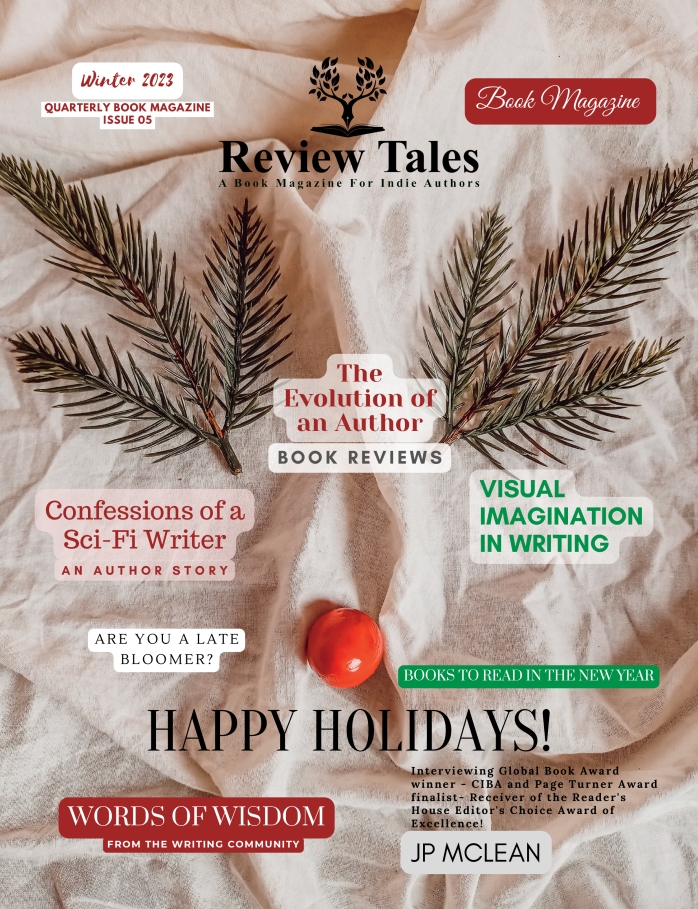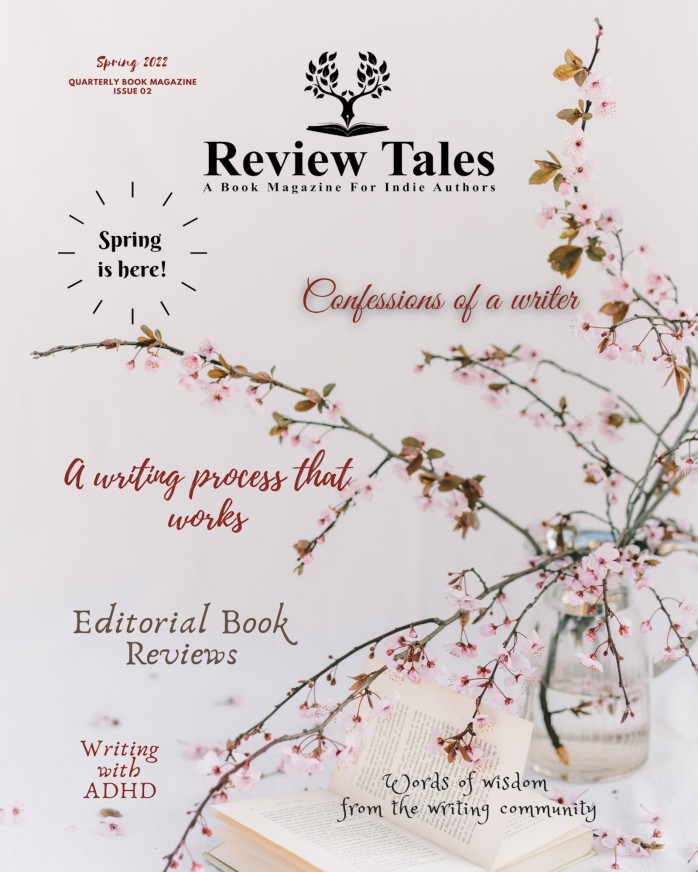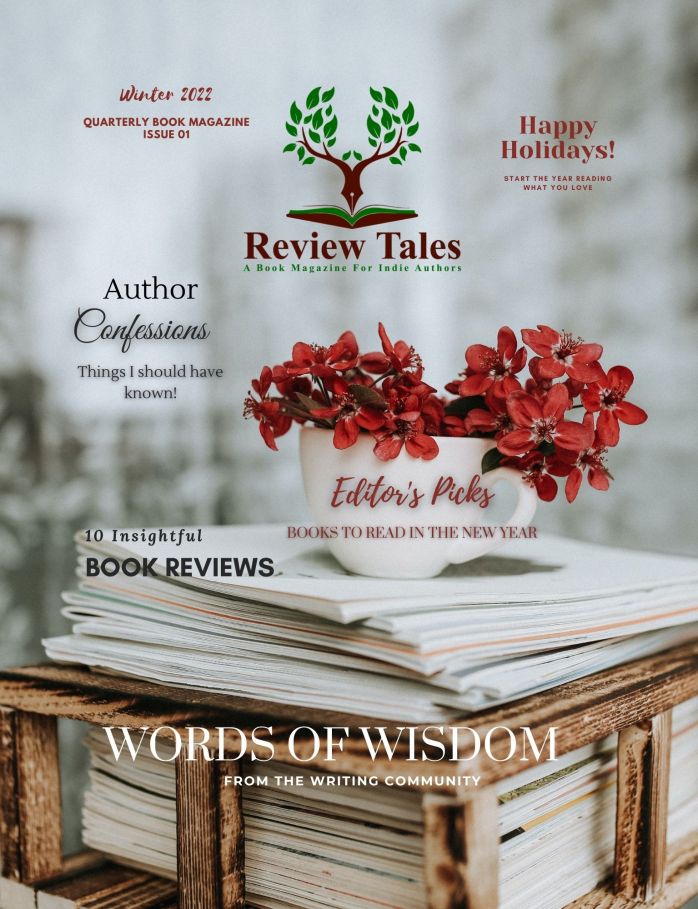Review Tales
Book Magazine – Publishing – Editing
Visualization by Regina McDonald
Posted on August 28, 2019 by Jeyran Main

Visualization. If someone were to ask you to describe the moment when your brain began forming pictures while reading or listening to a book, would you have a moment in time when written words suddenly burst into images of living color, scenes, characters, or experiences? Was there an epiphany moment when stiff, textured, cream-colored pages written in Times New Roman with the smell of ink on paper suddenly transformed into a collection of living, breathing, moving, raw, emotional, pictu res?
res?
While this romantic notion of being enlightened by the visualization of books is appealing, my guess is that most of us cannot remember a specific moment when our minds first translated visual or audible text into imagery. Yet, thirty years later, I can still think back to several childhood books and remember the exact visualizations that my brain created to go with the text. But, I couldn’t tell you when this first started happening. It seems like the ability was always just… there. But, was it?
As an English Language Arts teacher, I’ve come to understand that visualizing text is actually a sign of reading comprehension. So, while I remember the imagery from some of my favorite books, I may not have made pictures that were as detailed or interesting for the books I struggled reading or didn’t enjoy. Maybe, I simply threw these blurry, pixelated images out after I suffered through the book or completed the assignment. However, somewhere along the way, I learned the ninja skill of assessing my own comprehension based on the quality of my mind’s images, or lack thereof. At some point, I realized that if I couldn’t see it clearly in my mind, then I needed to use strategies to better understand what I was reading such re-reading, synthesizing information by jotting notes, making inferences, asking questions, making predictions, forming connections (text to self, text to world, text to text) and looking up unknown vocabulary words. My pictures guided my reading process and empowered me to become a stronger reader.
Visualization has always been a stimulating component of my reading. As an artist, visual imagery is a powerful part of my brain’s organization and memory structure. The creative process of imagining different possibilities of imagery is both invigorating and entertaining. It is through this process that I imagined, sketched, edited, drew, sharpied, and painted 26 original paintings for my children’s book, Sparky Lost Her Flame. While I hope children enjoy the illustrations, my true hope is that they will reimagine the imagery for themselves and come up with their own unique illustrations that are even better!
Author of Regina McDonald
Regina McDonald is an educator, artist, and author who has worked with children of all ages for almost 15 years. She received a B.S. in Art from Columbia College in 2003 and an M.Ed. in Art Education from the University of Missouri in 2008. Her children’s book, Sparky Lost Her Flame, was self-published in 2019. Regina’s art has been featured in the past 20 years in places like the Columbia College Larson Gallery, Ragtag Cafe, Mizzou Student Gallery, Columbia Art League Gallery, and the Missouri Theatre for a Concert conducted by Sutu Forte. Regina’s comic series entitled “Peg” was published in Professional Daym Magazine, a regional publication that celebrated women in business in mid-Missouri (2014). *Photo taken by Elesha Stone-Martinez
https://www.facebook.com/sparkylostherflame
https://www.instagram.com/sparkylostherflame/
https://www.amazon.com/dp/B07TJBPDWR (Get an ebook or hard copy)
https://www.blurb.com/b/9331792-sparky-lost-her-flame (Get a hard copy)
https://www.goodreads.com/book/show/46747165-sparky-lost-her-flame
Related
Category: Guest BlogTags: artist, Author, favourite books, guest article, pictures
Search
Categories
Follow me on Twitter
My TweetsBlog Stats
- 2,517,348 hits














